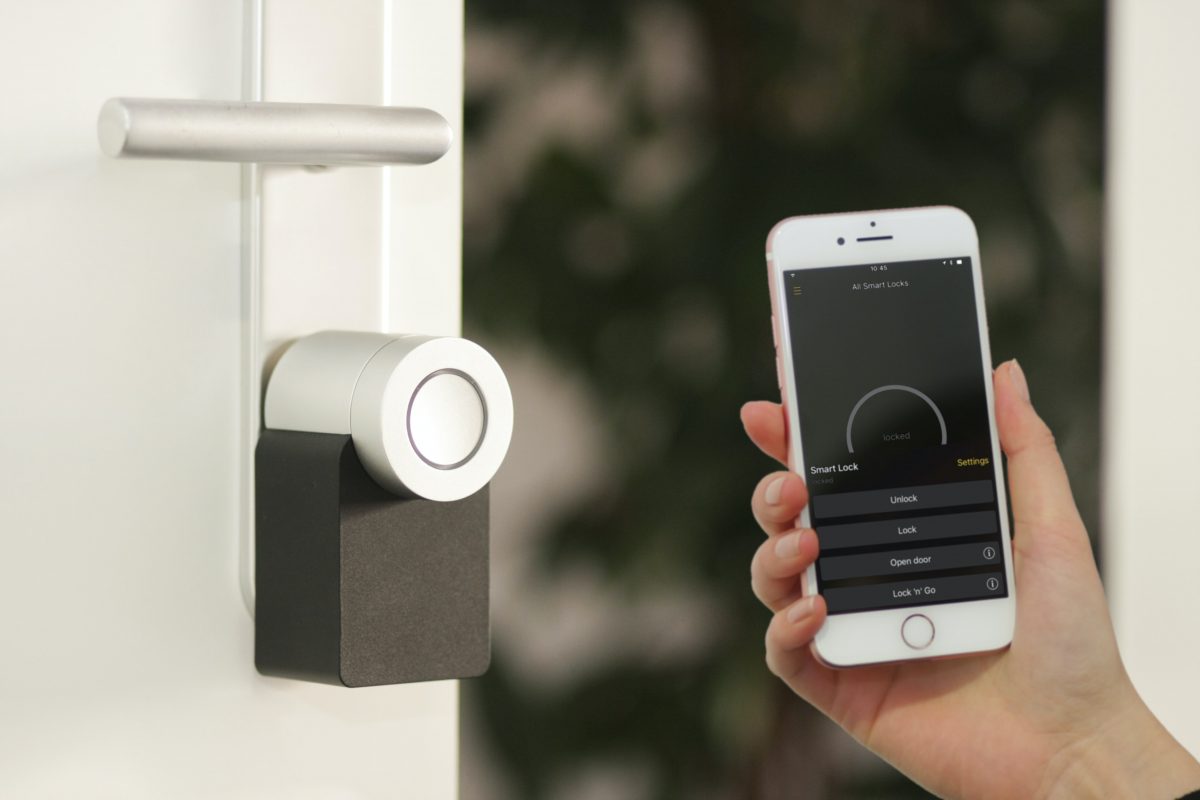Most of us link Augmented Reality (AR) with gaming or other entertainment activities. Probably, the most well-known and best-monetized adoption of AR is Pokemon GO. Between its release in 2016 and now, there hasn’t been that widespread usage of AR among individual customers. However, Augmented Reality has been rapidly implemented by many businesses in different industries. AR supports manufacturing, maintenance, public safety or construction works. Smart homes can be a link between AR developments in the industry and their adoption by households.
How can you use AR at your smart home?
Security goes first. Public safety authorities widely use augmented reality to analyze the video from surveillance cameras more accurately and faster. Adapting this feature to your home will very likely increase your safety by identifying the threat more quickly or dismiss the fake alarms. If you have enough cameras, it may be even possible to see through walls.
Secondly, you will get more convenience. Smart homes consist of many internet-connected devices like speakers, light bulbs, door locks, or even fridges. Most of them have required separate apps, which can be aggregated into different smart home applications like Apple’s Home or Google Home. Of course, those apps are connected with voice assistants, but it is not always the most convenient way to navigate those apps. AR could help here to simplify this process by pointing your smartphone’s camera at your smart devices.
Finally, a smart home should also be a cost-efficient one. Energy and heating costs are key maintenance metrics in every households budget. AR could help real-time identify the cost-inefficient devices, support the households finances, and make the house more sustainable.
AR technology is already advanced enough to impact the smart home’s potential. While the majority of AR apps will run on smartphones, future applications may necessitate the use of AR glasses. Given its availability and familiarity, the smartphone will continue to be the key to widespread consumer acceptance.
Would you like to turn your home into a digital playground?
Sources:


